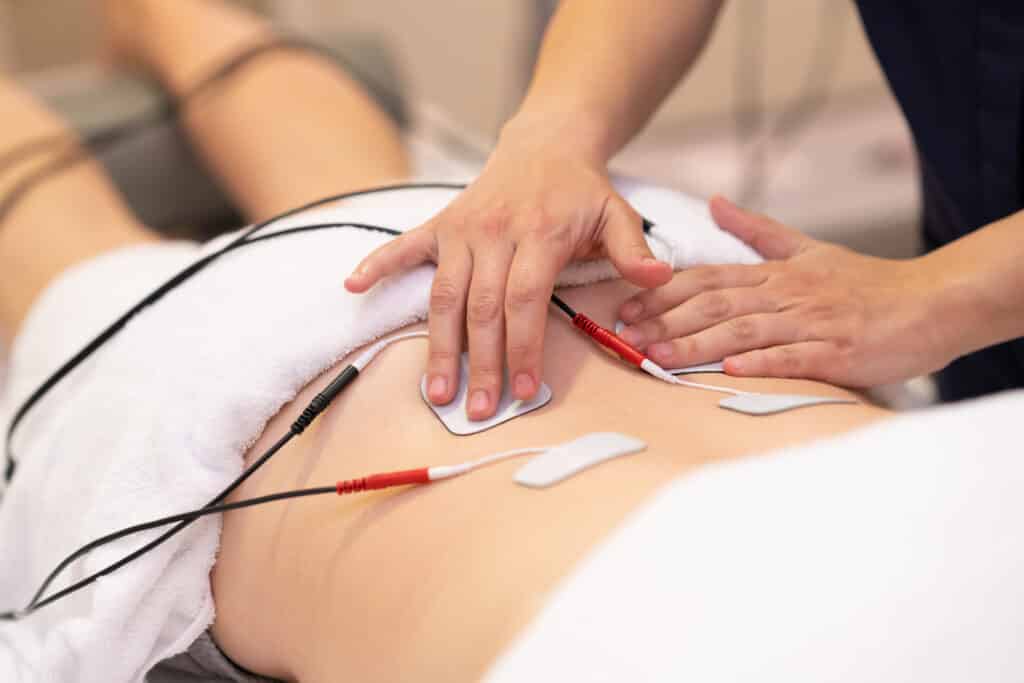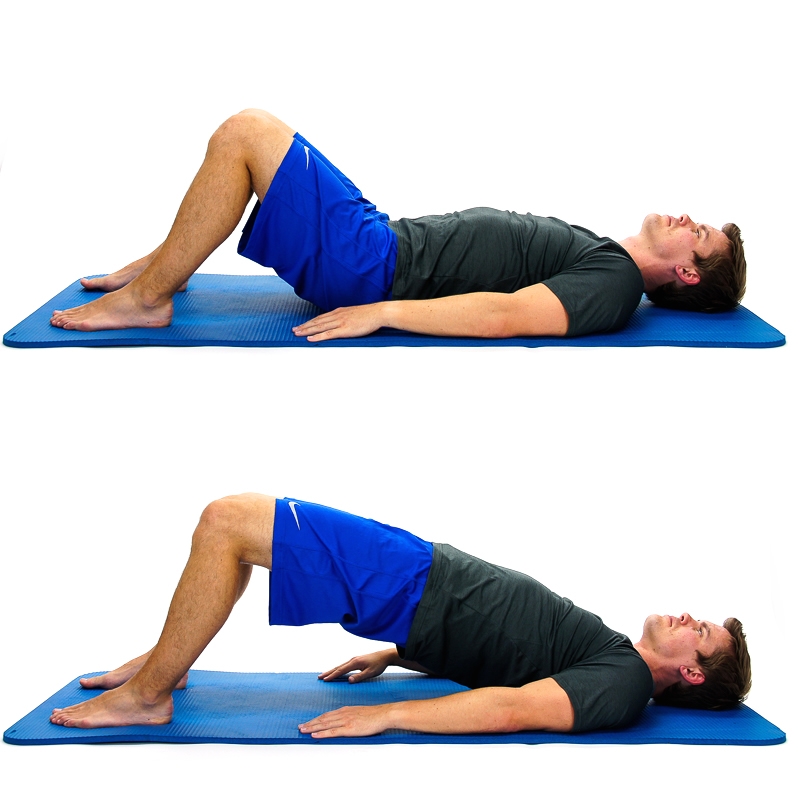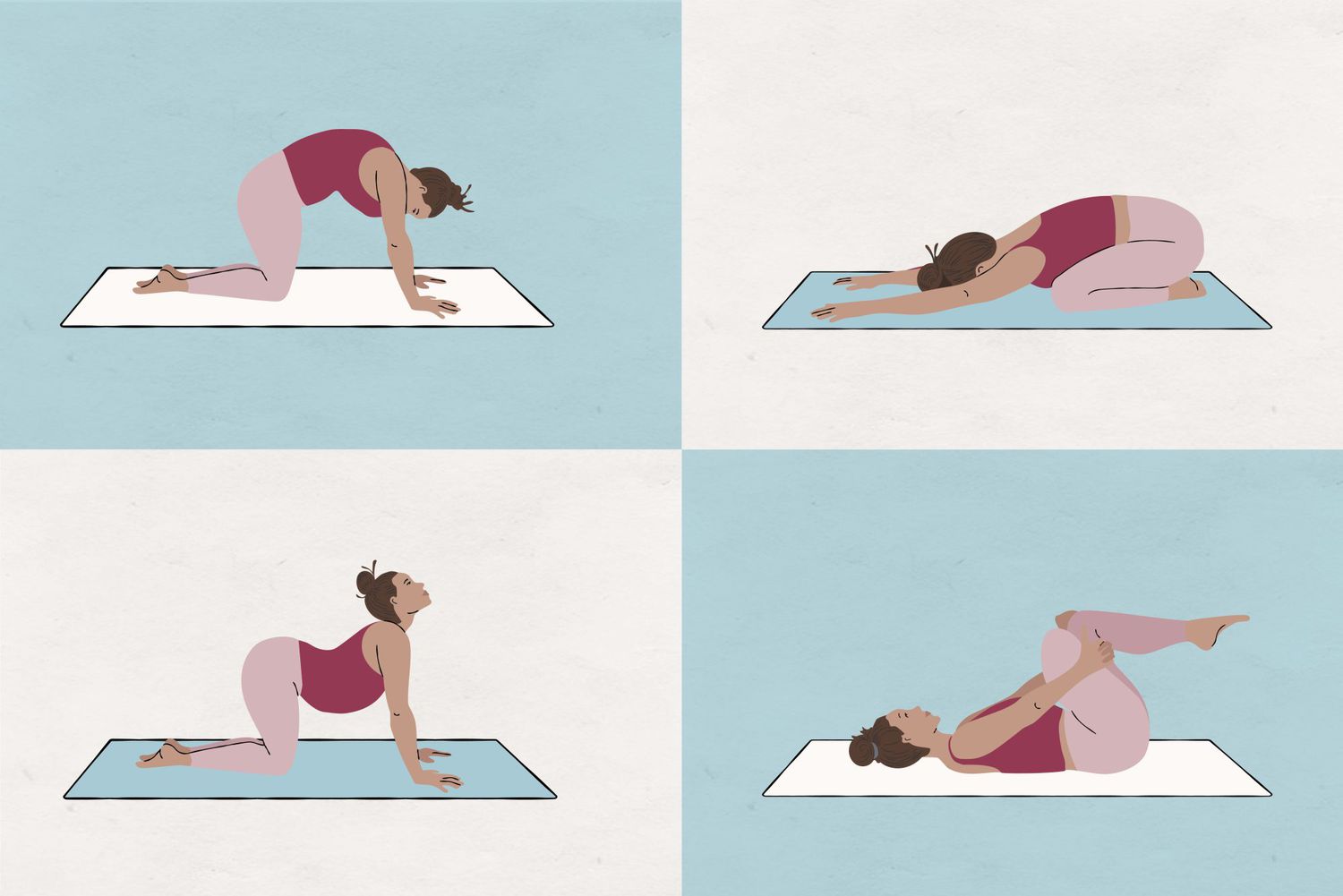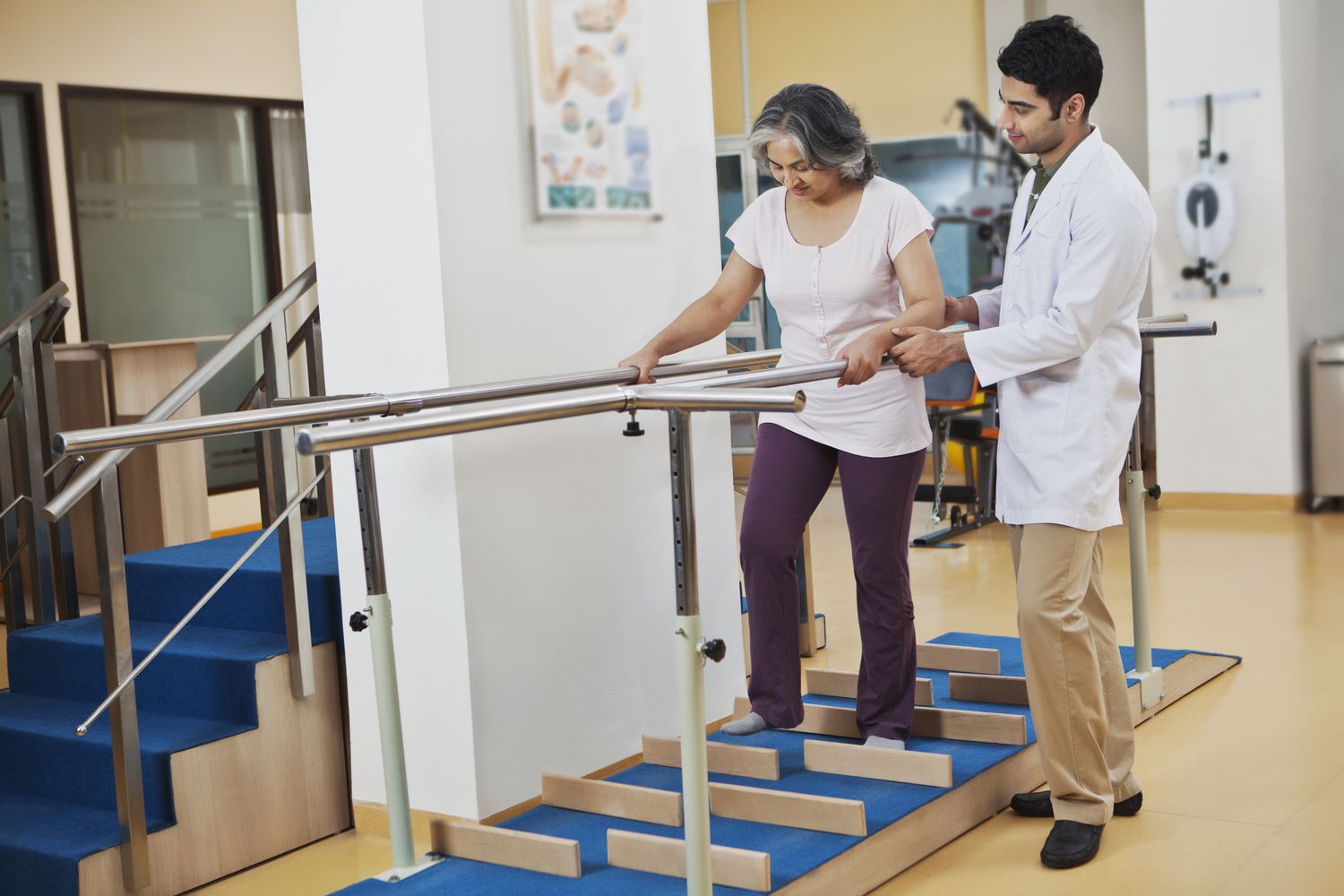How Urban Sports & Rehab Centre Manages Spinal Osteomyelitis

What is Spinal Osteomyelitis?
Spinal osteomyelitis is an infection of the vertebrae or intervertebral discs caused by bacteria or fungi. This infection leads to inflammation in the bones of the spine and, if untreated, can cause the bone to deteriorate. In severe cases, it can also affect the spinal cord or cause nerve compression, leading to long-term neurological issues.
.png)
Symptoms of Spinal Osteomyelitis
The symptoms of spinal osteomyelitis can be varied and often develop gradually over time, making the condition difficult to diagnose early. Common symptoms include:
- Severe Back Pain: Pain is the most common symptom and can become chronic, radiating from the spine to other areas like the arms or legs.
- Localized Swelling and Tenderness: In some cases, the skin over the infected vertebrae may feel warm or swollen.
- Fever and Chills: Patients may experience flu-like symptoms due to the body’s immune response to the infection.
- Neurological Deficits: If the infection causes spinal cord compression, patients may experience numbness, tingling, weakness, or even paralysis.
- Fatigue and Malaise: General tiredness and a feeling of being unwell are often reported.
- Limited Mobility: Patients may find it difficult to move, bend, or perform daily activities due to pain and stiffness in the spine.
Spinal osteomyelitis can occur when infectious agents enter the bloodstream and target the bones of the spine. There are several pathways through which the infection can develop:
- Hematogenous Spread (Through the Bloodstream): The most common cause of spinal osteomyelitis is the spread of bacteria from another part of the body to the vertebrae through the bloodstream. This can occur from infections in the urinary tract, skin, or lungs.
- Direct Infection: In some cases, spinal osteomyelitis can occur as a result of direct infection due to spinal surgery or invasive procedures, especially if the wound is not properly cleaned or treated.
- Trauma: An open wound or injury to the spine can introduce bacteria or fungi, leading to infection.
- Contiguous Spread from Nearby Infections: The infection can also spread from nearby areas, such as the soft tissues or organs surrounding the spine, into the bones.
- Bacteria: The most common cause of spinal osteomyelitis is the bacterium Staphylococcus aureus. However, other bacteria, including Escherichia coli, Pseudomonas, and Streptococcus, can also cause this infection.
- Fungi: Although less common, fungal infections like Candida or Aspergillus may also lead to spinal osteomyelitis, particularly in immunocompromised patients.
While spinal osteomyelitis can affect anyone, certain individuals are more at risk due to various health conditions or lifestyle factors. Key risk factors include:
- Weakened Immune System: Patients with compromised immune systems, such as those with HIV, cancer, or diabetes, are more prone to infections.
- Chronic Diseases: People with chronic diseases like diabetes or kidney failure may have a higher likelihood of developing infections that spread to the spine.
- Recent Surgery or Invasive Procedures: Spinal surgeries or invasive medical treatments can introduce bacteria into the spinal area, leading to infection.
- IV Drug Use: Intravenous drug users have a higher risk of introducing bacteria into their bloodstream, which can result in infections like spinal osteomyelitis.
- Previous Infections: Individuals with recent infections elsewhere in the body, such as the lungs or urinary tract, may experience hematogenous spread of the infection to the spine.
- Elderly Population: Age is another risk factor, as older adults may have weakened immune responses and underlying medical conditions that make them susceptible to spinal infections.
- Spinal Trauma: A history of spinal trauma or injury can increase the risk of developing osteomyelitis, especially if there was an open wound involved.
Potential Complications of Untreated Spinal Osteomyelitis
If not diagnosed and treated early, spinal osteomyelitis can lead to several serious complications, including:
- Spinal Abscess: The infection can lead to the formation of pus-filled abscesses, causing more pressure on the spinal cord or nerves.
- Vertebral Collapse: If the bone becomes too weakened by the infection, it can collapse, leading to deformities or fractures in the spine.
- Neurological Damage: Nerve compression or spinal cord involvement can cause permanent neurological deficits such as weakness, loss of sensation, or paralysis.
- Sepsis: If the infection spreads beyond the spine into the bloodstream, it can lead to sepsis, a life-threatening condition that requires immediate medical intervention.
Understanding the symptoms and risk factors of spinal osteomyelitis allows healthcare providers to take prompt action and ensure better outcomes for patients. Early diagnosis and treatment significantly reduce the risk of complications, making physiotherapy at Urban Sports & Rehab Centre a vital component in the recovery process.
Early Diagnosis and Collaboration with Medical Teams
At Urban Sports & Rehab Centre, early detection and intervention are key in managing spinal osteomyelitis. While physiotherapy is a central part of the recovery process, we work closely with doctors and specialists to ensure a comprehensive treatment plan. Diagnosis generally involves blood tests, MRI scans, and sometimes bone biopsies, all coordinated by the patient’s primary healthcare provider.
Once spinal osteomyelitis is diagnosed and medical treatment begins—typically involving antibiotics or antifungals—the rehabilitation journey can commence. Urban Sports & Rehab Centre ensures that our physiotherapists are in constant communication with the patient’s medical team to monitor infection control and recovery progress.
Customized Physiotherapy Plans for Spinal Osteomyelitis
Because of the delicate nature of spinal osteomyelitis, the rehabilitation plan must be specifically tailored to the individual’s condition, considering the location and severity of the infection, age, and overall health.

- Pain Management: Patients with spinal osteomyelitis often suffer from debilitating back pain, which can worsen with movement. Urban Sports & Rehab Centre uses various non-invasive pain relief techniques, including:
- Electrical stimulation to manage pain and improve circulation to promote healing.
- Heat therapy to reduce muscle stiffness and discomfort.
- Manual therapy for gentle mobilization of soft tissues without aggravating the infection site.

- Stabilization Exercises: As part of the recovery process, the goal is to stabilize the spine without putting undue stress on the infected area. Our therapists focus on core strengthening exercises to ensure the surrounding muscles provide adequate support to the spine. These exercises may include:
- Pelvic tilts and bridging exercises, performed in a controlled, supervised manner.
- Isometric exercises, which involve contracting muscles without moving the joint, preventing further strain on the infected spine.

- Range of Motion and Flexibility Work: As infection resolves and inflammation decreases, patients may begin to regain their range of motion. At Urban Sports & Rehab Centre, we integrate gentle stretching techniques to help restore flexibility in the spine and surrounding muscles. This helps prevent stiffness and maintains spinal alignment.
- Postural Correction: Poor posture often exacerbates the symptoms of spinal osteomyelitis. Our physiotherapists assess patients' posture and provide corrective exercises and ergonomic advice to ensure the spine remains in proper alignment during recovery. Special attention is paid to:
- Seated posture, as many patients with spinal osteomyelitis spend extended periods seated due to pain.
- Standing and walking postures as part of gait retraining, ensuring proper weight distribution to reduce spinal pressure.

- Strengthening and Conditioning: Once the infection has subsided and the patient is cleared for more vigorous activity, we gradually introduce a progressive strengthening program. This phase focuses on:
- Core stabilization exercises to enhance spinal support.
- Upper and lower body conditioning to restore overall functional capacity, ensuring that muscle imbalances are corrected to avoid future strain on the spine.

- Functional Rehabilitation: As patients begin to regain their strength and mobility, the focus shifts to improving day-to-day functionality. Urban Sports & Rehab Centre emphasizes a return to normal activities with minimal discomfort. Functional rehabilitation includes:
- Walking aids for patients struggling with mobility, ensuring a gradual return to normal walking patterns.
- Balance training, especially if nerve damage or weakness has occurred due to the infection.
- Long-term Monitoring and Maintenance: Spinal osteomyelitis can have long-term effects on a patient’s health. To prevent recurrence or secondary complications, Urban Sports & Rehab Centre provides a long-term care plan, which may include:
- Regular follow-up appointments to monitor progress and adjust exercises.
- Guidance on spinal health maintenance, including posture correction, activity modifications, and ergonomic advice for daily life.
- Lifestyle modifications to reduce the risk of future infections, such as promoting a healthy immune system through nutrition and physical activity.
Why Choose Urban Sports & Rehab Centre for Spinal Osteomyelitis Management?
Urban Sports & Rehab Centre stands out because of our individualized approach to treating spinal osteomyelitis. Our experienced physiotherapists understand the complexities of this condition and offer holistic care that prioritizes both recovery and prevention. Through a combination of targeted pain management, tailored exercises, and functional rehabilitation, patients receive comprehensive support every step of the way.
Additionally, our collaboration with medical teams ensures that patients receive well-rounded care, from infection control to rehabilitation, providing peace of mind during the recovery journey. With Urban Sports & Rehab Centre’s expertise, patients can look forward to a safe and effective path to regaining mobility and improving quality of life.
Conclusion
Spinal osteomyelitis is a challenging condition, but with the right management, full recovery is possible. Urban Sports & Rehab Centre is committed to helping patients overcome this condition through specialized, patient-focused care. Whether you’re just starting treatment or looking for post-recovery rehabilitation, our centre offers the professional guidance and customized care you need to achieve optimal recovery.
#SpinalOsteomyelitisjb #SpinalInfectionjb #SpinalRecoveryProgramjb #SpineCareJohorBahru #ChronicBackPainjb
Oct 03,2024
